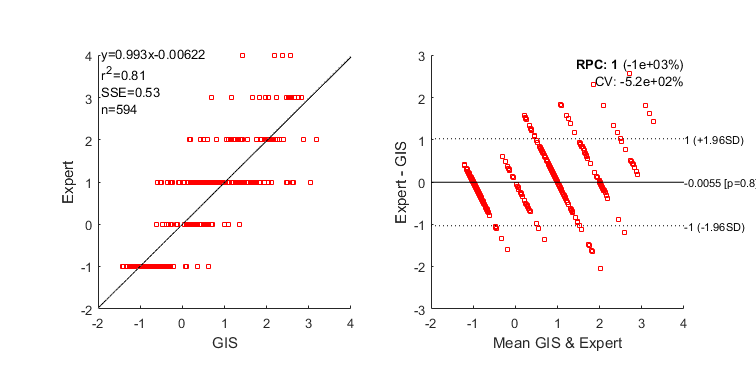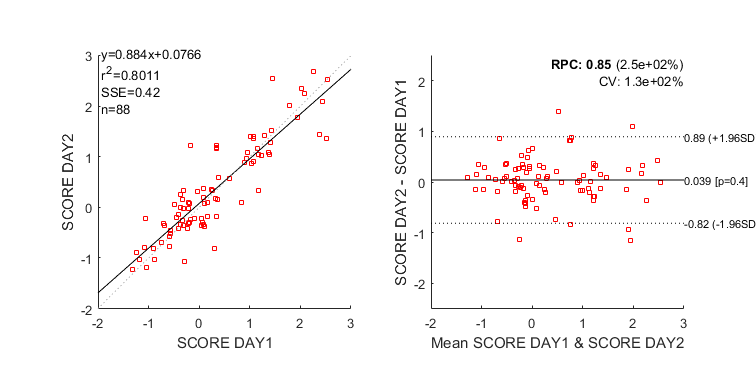Category: Technology
Objective: The purpose of this study is to evaluate the efficacy of a sensor-based telemonitoring system on detecting gait impairment in patients with Parkinson’s disease (PD) and test system’s accuracy both in a controlled hospital environment as well as at home during activities of daily living.
Background: One of the cardinal symptoms of PD is gait impairment, characterized by small and shuffling steps, slowness and reduced movements. Devices incorporating inertial measurement units (IMU’s) have been used to objectively assess gait, but most such implementations require the execution of predefined, controlled tasks to assess gait with accuracy and repeatability, which are typically performed in a hospital environment. However, the optimal fine-tuning of PD treatment requires knowledge about the patients’ treatment response in a home environment and daily living. There are few studies [1][2] but further validation of the test-retest reliability of a long-term gait monitoring solution is required for application in the clinical practice.
Method: For the study we recruited 65 PD patients and 35 controls. Each patient was fitted with a body sensor network consisting of five wearable IMU-based devices (wrists, shanks, waist). For the initial phase of the study, the patients stayed at the hospital for three hours on average. During that time each patient was instructed to freely walk around and every half an hour they were assessed by a PD expert particularly for item 29 of the UPDRS scale, assessing gait impairment. Then, all patients were given devices to take at home and use for five hours daily. In this second phase of the study, an algorithm was used to identify gait regions and extract a gait impairment score (GIS), based on the normalized stride length (amplitude) and the variability of stride time (rhythm).
Results: The Pearson’s correlation coefficient of the GIS calculated with the expert annotation (item 29 of UPDRS for gait impairment) was r2 =0.81 in 65 patients and 35 controls excluding cases where gait was affected by dyskinesia (figure 1).
The intraclass correlation coefficient of the GIS score for the two consecutive days (88 day pairs) was r2=0.8, which indicates an excellent agreement of measures between the two days (figure 2).
Conclusion: The sensor-based telemonitoring system tested was proven to be very reliable and accurate for the assessment of parkinsonian gait in an uncontrolled home environment.
References: [1] Moore ST, MacDougall HG, Gracies J-M, Cohen HS, Ondo WG. Long-term monitoring of gait in Parkinson’s disease. Gait Posture. 2007;26(2):200-207. doi:10.1016/j.gaitpost.2006.09.011 [2] Moore ST, Dilda V, Hakim B, MacDougall HG. Validation of 24-hour ambulatory gait assessment in Parkinson’s disease with simultaneous video observation. Biomed Eng Online. 2011;10(1):82. doi:10.1186/1475-925X-10-82
To cite this abstract in AMA style:
G. Rigas, N. Kostikis, N. Tachos, K. Tsamis, D. Kakalou, S. Konitsiotis, D. Fotiadis. Test-Retest Reliability of Sensor-Based Telemonitoring of Parkinsonian Gait at Home [abstract]. Mov Disord. 2020; 35 (suppl 1). https://www.mdsabstracts.org/abstract/test-retest-reliability-of-sensor-based-telemonitoring-of-parkinsonian-gait-at-home/. Accessed October 21, 2025.« Back to MDS Virtual Congress 2020
MDS Abstracts - https://www.mdsabstracts.org/abstract/test-retest-reliability-of-sensor-based-telemonitoring-of-parkinsonian-gait-at-home/


